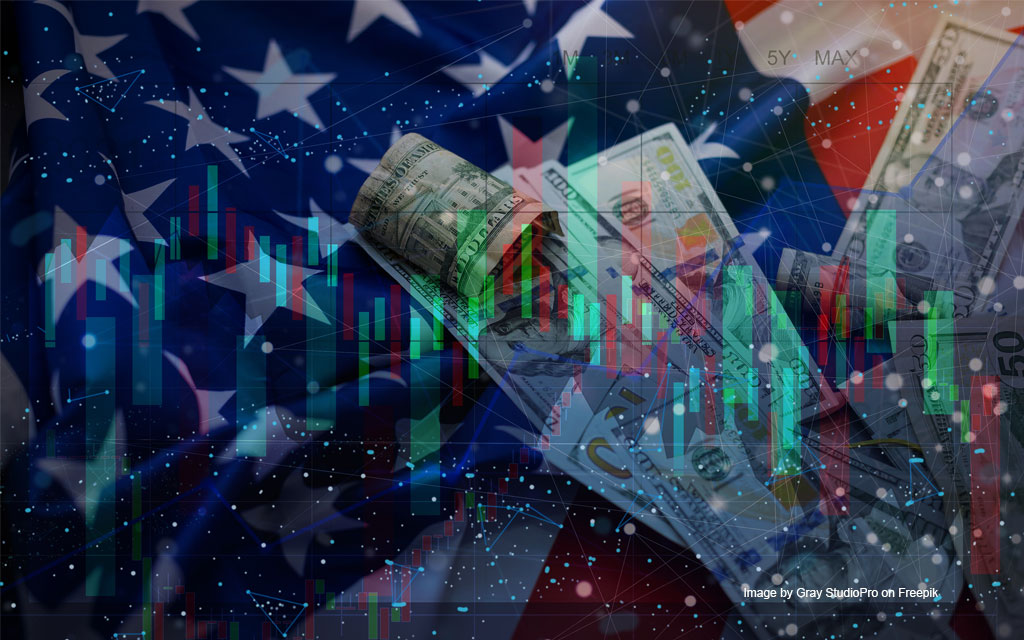Fears of a recession drove Wall Street’s major indexes to fall 3% on August 5, reaching their lowest point since 2022. At the end of the August 5 trading day, the DJIA index dropped 2.6% to 38,703 points. The Nasdaq Composite closed at 16,200 points, down 3.43%. S&P 500 fell 5.186 points, or 3%, to 5,186. The DJIA and S&P 500 indices both saw their worst losses since September 2022.
Investors are still selling their votes for IT giants and companies riding the global AI wave. In the first session of the week, technology was among the categories whose currencies were most volatile. Nvidia’s stock dropped 6.4%. Following reports that billionaire Warren Buffett’s Berkshire Hathaway sold half of its shares here, Apple saw a 4.8% decline. Super Micro Computer dropped 2.5 percent while Tesla, the electric vehicle firm, lost 4.2%.
The combined market value of the top seven US stock firms (Apple, Tesla, Alphabet, Amazon, Nvidia, Microsoft, and Meta Platforms) briefly vanished to the tune of 800 billion USD. Just 22 codes are active in the S&P 500 “basket” as of right now.
What is happening in other countries?
Not just in the US, but also in many other countries, financial markets are collapsing. The Japanese stock market’s Nikkei 225 index saw a 13% decline at the end of the session on August 5, marking the worst decline since “Black Monday” in 1987.
Circuit breakers were required for Korean equities when main indices dropped by more than 8%. The markets in Europe are likewise negative. The value of Bitcoin, the biggest cryptocurrency in the world, dropped by about 15% in a single day. At one point in the evening of August 5, the spot price of gold fell by more than 70 USD an ounce.
Due to investors’ fears that the US might enter a recession and the Federal Reserve’s (Fed) sluggishness in lowering interest rates to boost the economy, markets fell. This agency maintained the reference interest rate at its highest level in two decades last week.
The market was also influenced by Japan’s second interest rate increase of the year. Fearing that interest rates will rise more in the future, investors were forced to sell up other assets in order to pay back the prior Japanese yen loan.



